Gigabyte GA-7PESH1 Review: A Dual Processor Motherboard through a Scientist’s Eyes
by Ian Cutress on January 5, 2013 10:00 AM EST- Posted in
- Motherboards
- Gigabyte
- C602
Gigabyte GA-7PESH1 Software
Typically when a system integrator buys a server motherboard from Gigabyte, a full retail package comes with it including manuals, utility CDs and SATA cables. Gigabyte have told me that this will be improved in the future, with SAS cables, header accessories and GPU bridges for CF/SLI. But due to the nature of my review sample, there was no retail package as such. When I received a sample from Gigabyte, there was no retail box with extras, nor were there driver CDs or a user guide and manual. Good job then that all these can be found on the Gigabyte website under the download section for the GA-7PESH1. In my case, this involves downloading the Intel .inf files, the ASPEED 2300 drivers, and the Intel LAN drivers. Also available on the website are the LSI SAS RAID drivers, and the SATA RAID driver.
When it comes to software available to download, the river has run dry. There is literally not one piece of software available to the user – nothing relating to monitoring, or fan controls or the like. The only thing that approaches a software tool is the Advocent Server Management Interface, which is accessed via the browser of another computer connected to the same network when the system has the third server management NIC connection activated.
When the system is connected to the power supply, and the power supply is switched on, the motherboard takes around 30 seconds to prepare itself before the power button on the board itself can be pushed. There is a green light physically on the board that turns from a solid light to a flashing light when this button can be pushed - the board then takes another 60 seconds or so to POST. During this intermediate state when the light is flashing, the server management software can be accessed through the web interface.
The default username and password are admin and password for this interface, and when logged in we get a series of options relating to the management of the motherboard:
The interface implements a level of security in accessing the management software, as well as keeping track of valid user accounts, web server settings, and active interface sessions.
The software also provides options to update the firmware, and to offer full control as to the on/off state of the motherboard with access to all voltages, fan speeds and temperatures the software has access to.
The system log helps identify when sensors are tripped (such as temperature and fans) as well as failed boots and software events.
Both Java KVM and Have VM environments are supported, with options relating to these in the corresponding menus.
It should also be noted that during testing, we found the system to be unforgiving when changing discrete GPUs. If an OS was installed while attached to a GTX580 and NVIDIA drivers were installed, the system would not boot if the GTX580 was removed and a HD7970 was put in its place. The same thing happens if the OS is installed under the HD7970 and the AMD drivers installed.


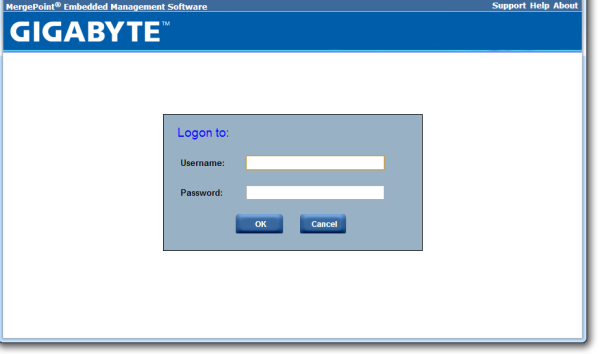
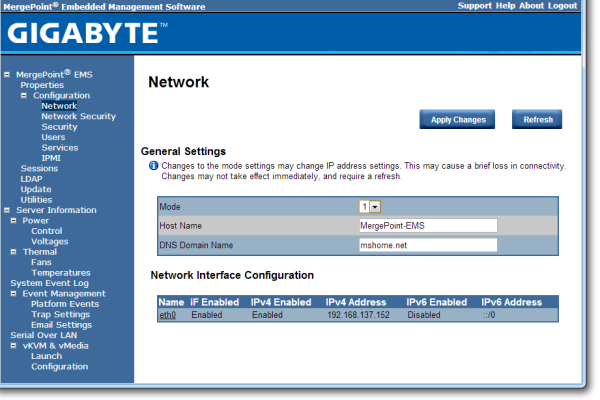
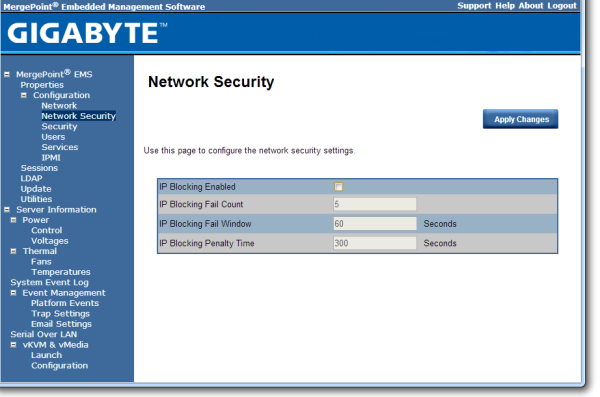
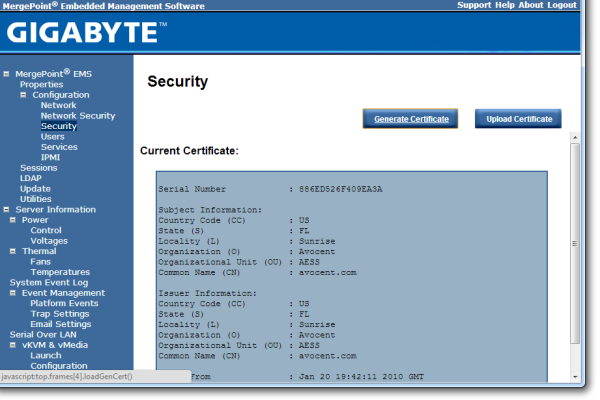
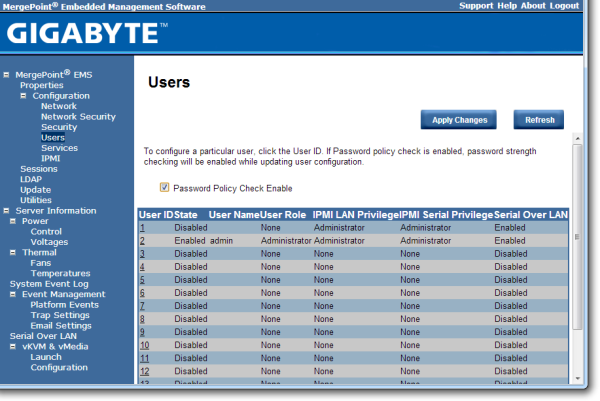
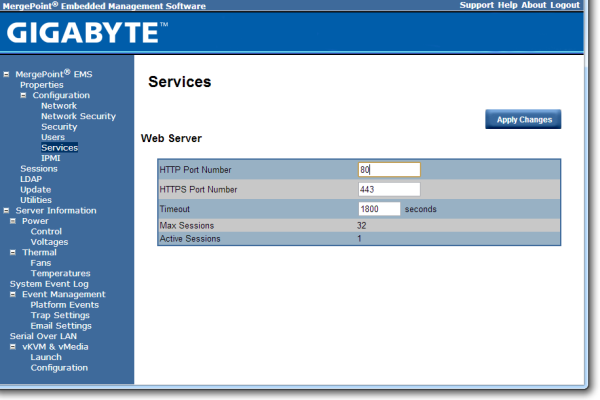
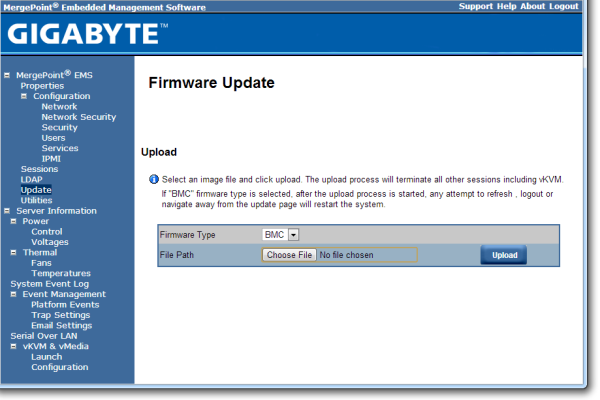
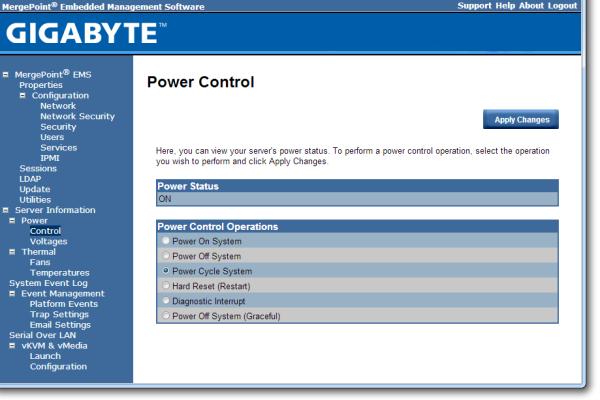
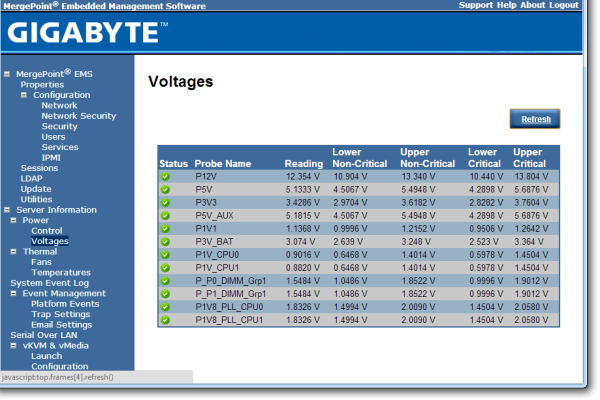
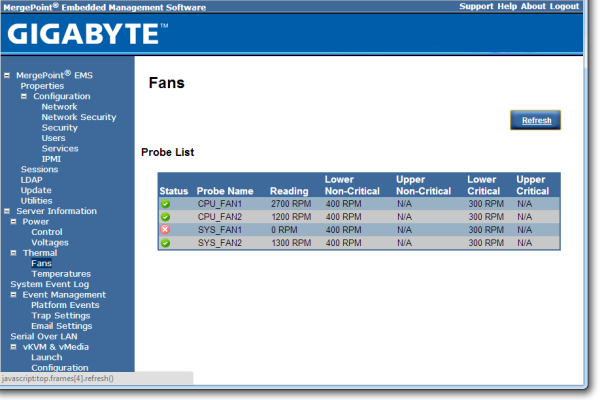
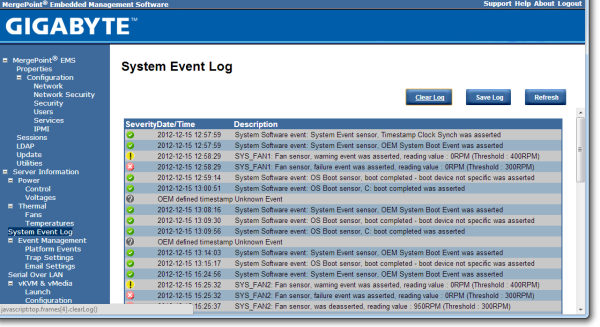

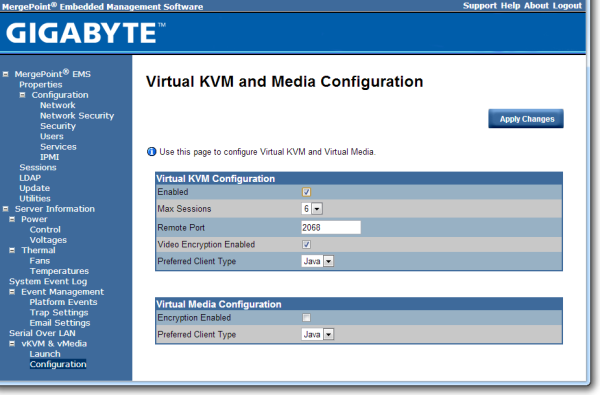














64 Comments
View All Comments
nevertell - Sunday, January 6, 2013 - link
The K version may not, but the standard i7-3770 does in fact support VT-D, TXT and ECC memory from the get go. Vt-D has to be also supported by the motherboard, which may be problematic on consumer motherboards. I have a i5-2400 myself, and Vt-d is a pain to setup and to this day I still haven't found out whether is it that I am unable to set up Xen properly or just that my cheap motherboard worn't support VT-d, to properly assign a video card to a virtual machine.KAlmquist - Sunday, January 6, 2013 - link
The 3770K lacks those features, but that doesn't invalidate my point.Using ECC memory improves system availability, and likely decreases the probability of undetected errors resulting in incorrect computations. If these are important to you, then you should be thinking about full double or triple redundancy. Why not buy three 3770K based systems and run the same simulation on all of them? Most of the time you will get identical results on all three systems, but on rare occasions one of the systems will die during the run. No problem; you have the simulation results from the other two systems. On even rarer occasions, one of the systems will produced an incorrect result due to an undetected bit error. Again no problem; you take the results from the two simulations that agree.
With full redundancy it doesn't matter where in the system the error occurs because full redundancy addresses faults anywhere in the system. This makes it superior to ECC memory, which only addresses faults in the memory subsystem. So the only reason to go with ECC memory instead of full triple redundancy is if the ECC memory approach costs less. Based on the numbers I posted, you aren't going to get a lower cost based on hardware costs alone. Possibly you could get there by including administrative costs and the like.
I'm not saying that the system Ian tested wouldn't make sense under *any* circumstances. My point is that the system has a poor price performance ratio, so it only makes sense when a lot of things are working in its favor.
The second feature you mention is VT-D, which makes it more efficient to emulate device hardware in virtual machines. I don't have any benchmarks, but my guess is that the performance improvement from VT-D is fairly small. In any case, if you want VT-D you can buy the 3770 rather than the 3770K. You can't overclock the 3770, but my comments about the 3770K offering "similar performance" were based primarily on the performance of the 3770K at stock frequency. If you assume that everyone is going to take the time to find an optimal overclock for their CPU, then the E5-2690 (which cannot be overclocked) looks even worse.
I suppose it's off topic to debate the merits of "trusted execution technology" here, so I will simply note that if for whatever reason you want a processor that supports it, the solution is the same as for VT-D: get the 3770 instead of the 3770K.
Kevin G - Saturday, January 5, 2013 - link
A very well written article that sticks toward its purpose: scientific computing. Really pleased to see articles like this on the site even if I have a few minor quibbles.On page 2 "To those unfamiliar with server boards, of note is the connector just to the right of center of the picture above." is either oddly worded to describe the front panel connector at the bottom the board (which is indeed right of center but not in the center of the picture) or describing a connector that isn't even documented in the manual. For clarification I'm looking at the connector just right of the top PCI-E 16x slot (above and to the left of the battery). Actually, what is that connector labeled as? I've seen it on other Xeon boards but have never seen it used.
The last paragraph on page 2 should read omits the possibility of nonbuffered ECC memory and implies the usage of unbuffered non-ECC memory. I haven't found confirmation that this board can accept unbuffered, non-ECC memory (opposed to the possibility of an ECC requirement as some server vendors enforce).
A couple of notes on the little processor talk on page 6. Dealing with cache thrashing between L3 and L2 is possible but when dealing with a high number of threads general coherency becomes a bigger factor. The overhead is beginning to exceed the benefit of having the additional hardware to run them. If you're lucky to be dealing with an algorithm that doesn't need such coherency overhead, then chances are it is very ideal for GPU compute (and memory capacity isn't a factor). A minor nicety would have been to see some more testing without Hyperthreading on the i7-3770k, i7-3930k, and i7-3960X to better indicate scaling with/without Hyperthreading. I suspect that those single socket processors would have been able to show some small gains with Hyperthreading where the dual socket system did not.
An extension to the L2/L3 cache talk on page 6 is the move to dual sockets and NUMA. There is a performance penalty due to latency for having one thread access memory that is found on a remote socket. Memory mirroring between sockets can eliminate that remote penalty while increasing RAS but at the cost of halving effective memory capacity. The manual isn't clear if mirroring mode or the lockstep mode is across different sockets (it can be done across memory channels as well).
I'd also would have loved to have heard some comparisons with the Gigabyte GA-X79S-UP5. While the name implies an X79 chipset, it uses the C606 chipset. It'll support ECC memory with socket 2011 Xeons and plenty of over clocking features (for the daring). Comparing the GA-7PESH1 to the GA-X79S-UP5 would have been able to answer if the move to dual sockets would have been worth the extra cost.
Hakon - Saturday, January 5, 2013 - link
Somehow does read like an anonymous peer review :-)Kevin G - Sunday, January 6, 2013 - link
A little bit. :)Part of my criticism isn't about the article itself but rather the general state of massively multithreaded hardware and software. The hardware portion is quickly running into software limitation that were never expected to be reached in the professional space. A decade ago who thought that a scientist could purchase a 240 simultaneous thread processor that would fit on a mere expansion card? In some cases we don't reach Amdal's Law before hitting an artificial barrier due to scheduling or coherency overhead.
I just noticed that the system was using Win 7 Professional which has a limit of 64 concurrent threads per process. A quad socket LGA 2011 config would actually be at the very limit of what Window 7 (or rather 2008R2 since professional only scales to two sockets) can handle. OpenMP can handle more than 64 concurrent threads but on Windows it has to submit this limitation.
psyq321 - Sunday, January 6, 2013 - link
As for the GA-X79S-UP5 Clocking features are only working for 1P Xeons, which are basically similar to HEDT i7 (36xx) line. With those, customer has an advantage of ECC RAM support and still some overclocking headroom.Clocking 2P/4P Xeons E5 (sadly, these are the only 8-core parts so far) is next to impossible due to the lack of ICC configuration data allowing changing BCLK ratios. These Xeons can only be bumped by direct BCLK increase, which is dangerous above few MHz. At most, 5-6 MHz is feasible as tested on ASUS Z9PE-D8-WS and EVGA SR-X boards.
Memory overclocking is another matter, completely. I have excellent results with Samsung's 1.35v ("low voltage") ECC RAM. It is not just the cheapest 16 GB ECC option (~$160 for the 16 GB ECC stick last time I checked, I got mine for 140 EUR in Germany 7 months ago), but it is the fastest while still keeping the low voltage. This RAM can be overclocked to 2133 MHz by a simple voltage bump to 1.55v, which is still within Xeon's VSa limits.
Kevin G - Sunday, January 6, 2013 - link
Weird that Intel doesn't provide the ICC configuration data. The 'gear ratio' change is something I'd still expect to change on true X79 boards regardless of processors (I can see Intel crippling this on C600 series). Then again, I've heard some weird situations with LGA 2011 Xeons in desktop boards. There are some scattered reports of unlocked chips but as the internet goes there are lots of speculation and rumors but little real confirmation.Those Samsung 16 GB ECC sticks are registered? I thought that the GA-X79S-UP5 didn't registered DIMMs.
As for the ability to overclock those low voltage DIMMs, not really surprised as they've historically been impressive in that regards. I have some older 4 GB 1.35v DDR3-1333 rated sticks that can go to 1866 Mhz at 1.5v. :) The timings had to be changed but still impressive.
PEPCK - Saturday, January 5, 2013 - link
Worth noting that the three miniSAS connectors yield 8 SAS and 4 SATA connectors in the specification table.krumme - Sunday, January 6, 2013 - link
For this article Ian get the über nerds Gold Award only given ones in a centurylowenz - Sunday, January 6, 2013 - link
A brilliant article.More of these, please.